To get a good idea of just how much water an older toilet can use, use the information below.
The flush volume of a toilet simply means how much water is released when it is flushed. To qualify for this rebate program, you must be replacing a toilet currently using 1.6 gallons or more per flush.
If you see a year stamped on the inside of the tank, that information may help us determine the tank’s flush volume, as well.
A marking or label is typically located near the toilet seat hinge on the bowl that can provide you with that information. Please note that the markings and labels are often in liters as opposed to gallons. Here’s a quick reference to help determine your toilet’s flush volume if it is listed in liters.
Gallons Per Flush Equals This Many Liters Per Flush
5 to 7 = 18.92 to 26.49
3.5 = 13.24
1.6 to 3.5 = 6.05 to 13.24
1.6 = 6.0 to 6.05
1.28 = 4.84
If you cannot locate any markings or labels near the seat hinge, check the underside of the tank lid or the tank’s back inside wall for a date stamped in the porcelain.
Still can’t find any markings or labels? Then you can perform an easy test to determine how much water your toilet uses by following these simple steps.
- Turn the water supply to your toilet off. (Note: if you cannot turn the valve or do not have access to the valve simply prevent the toilet from refilling by holding up the float device in your tank.
- Measure the length of the tank in inches.
- Measure the width of the tank in inches.
- Measure the full water level in the toilet tank in inches (depth 1).
- Flush the toilet and measure the drop at the lowest level (depth 2).
- Subtract depth 2 from depth 1. This will give you the “drop” measurement.
- Multiply the length times the width times the “drop” measurement number you noted for Step No. 6 to determine the volume of cubic inches of water used per flush.
- Divide the volume by 231 to get the number of gallons per flush.
Here’s an example to use to help you calculate your gallons per flush.
Step 2 – Length: 17.5
Step 3 – Width: 7
Step 4 – Full level: 6
Step 5 – Low level: 3.5
Step 6 – 6 minus 3.5 = 2.5
Step 7 – 17.5 x 7 x 2.5 = 306.25
Step 8 – 306.25 divided by 231 = 1.32

